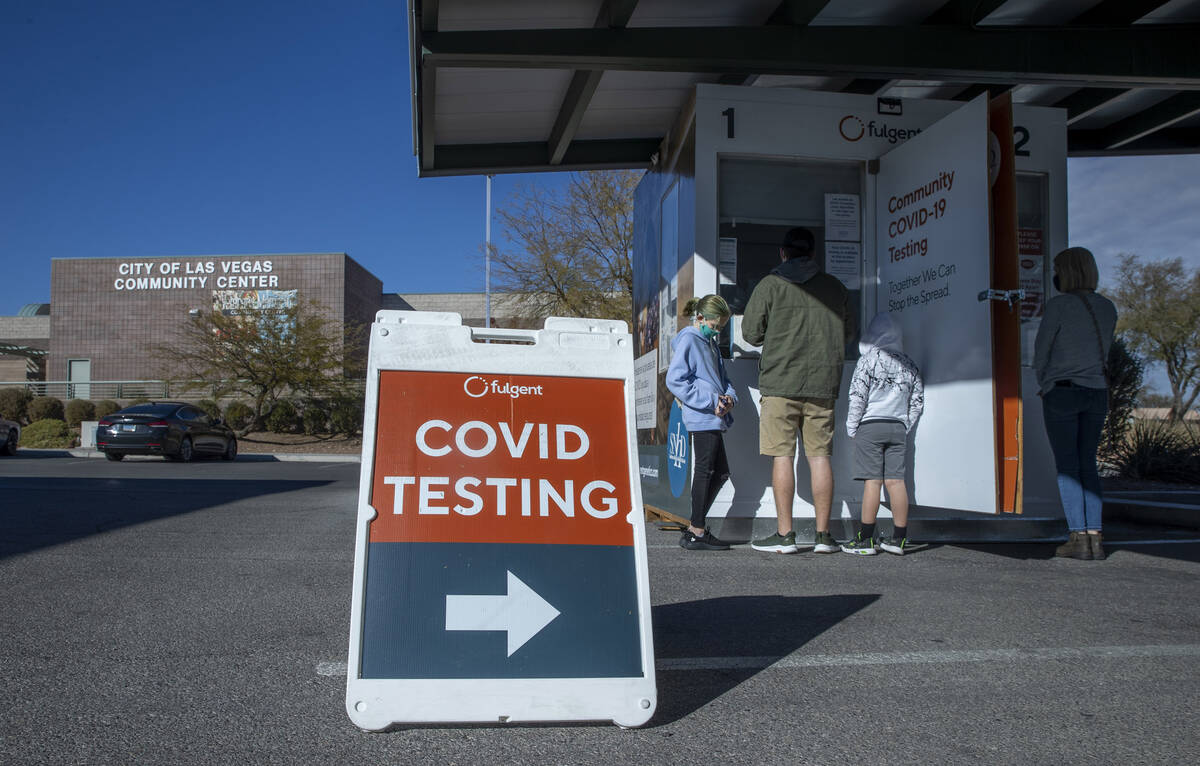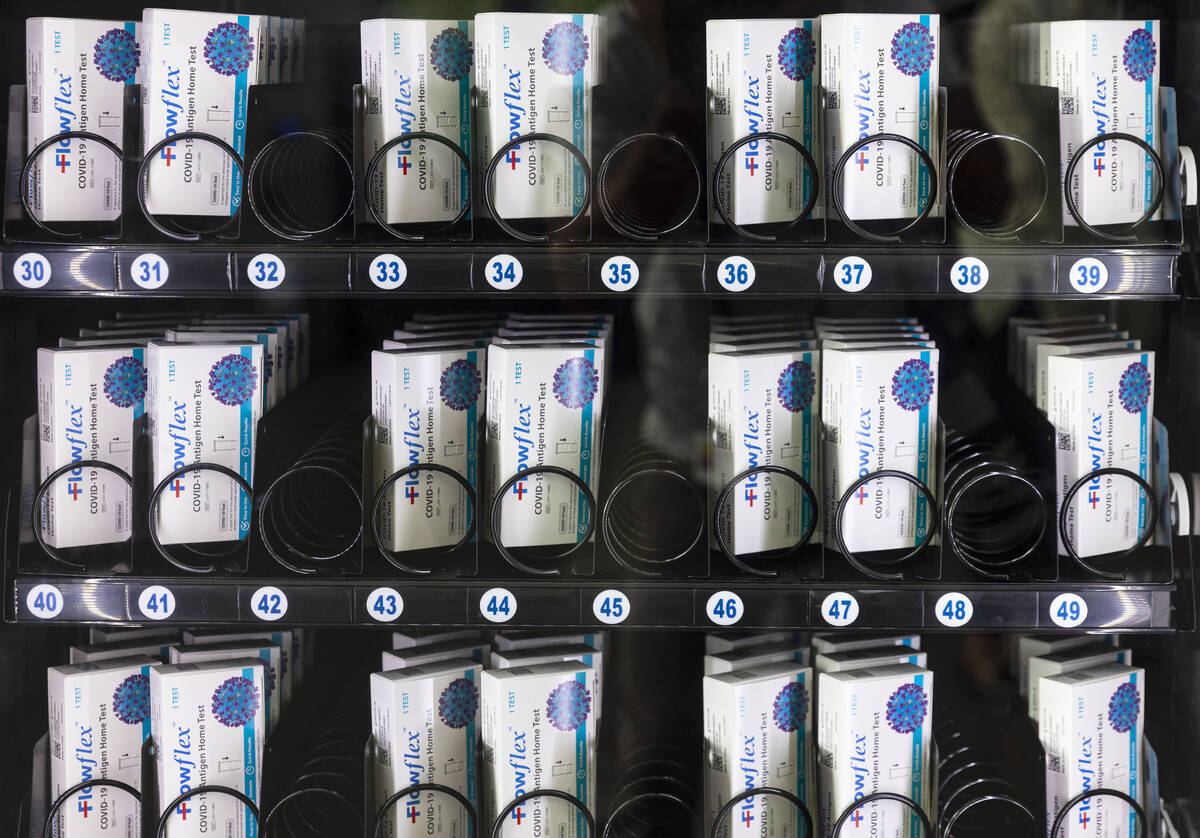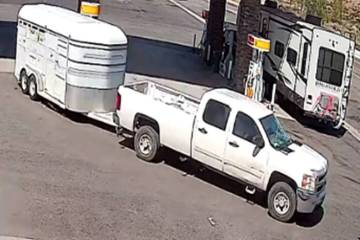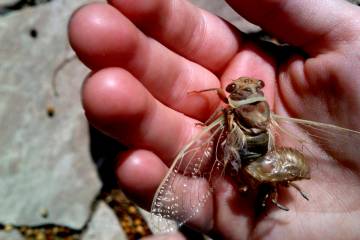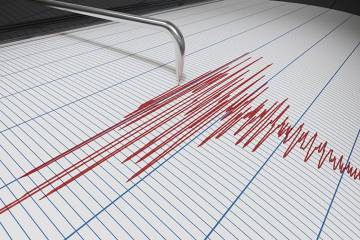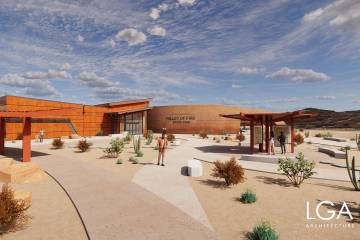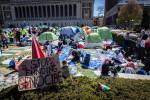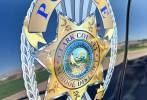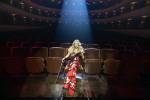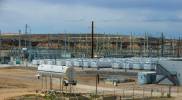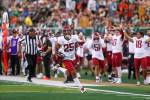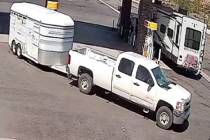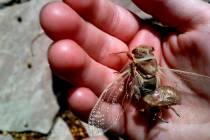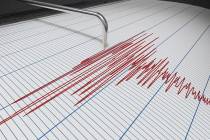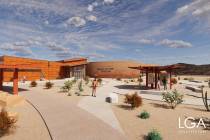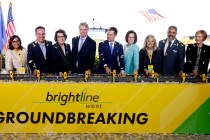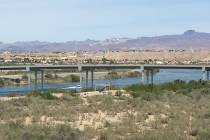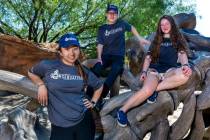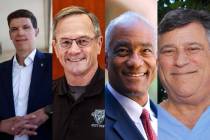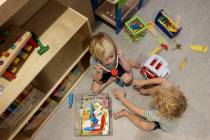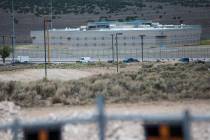Do increases in COVID-19 cases, hospitalizations signal a fall surge?
For the first time in 12 weeks, COVID-19 cases and hospitalizations increased in both Clark County and Nevada, according to new state data, though it’s too soon to say if the upticks mark the start of a fall surge.
Suspected and confirmed COVID-19 hospitalizations increased to 112 in Clark County from 87 a week ago, according to data released Wednesday by the Nevada Department of Health and Human Services. Statewide, hospitalizations increased to 132 from 118.
“Clark County is experiencing a resurgence of COVID-19,” the Nevada Hospital Association stated in its weekly update. The trade group expects “modest increases in hospitalized patients throughout October.”
But it’s unknown whether modest increases will morph into a surge. “It is too early to call this a change in overall trend,” said Shannon Litz, a representative of the state health department. She noted that both hospitalizations and cases remain at one of the lowest points of the pandemic.
At University Medical Center in central Las Vegas, eight patients currently have confirmed cases of COVID-19, twice as many as a week ago, said hospital representative Scott Kerbs.
“While we have seen an uptick in COVID-19 hospitalizations at UMC during the past week, we continue to experience a low volume of COVID-19 patients overall,” he said.
The hospital association does not expect that increased number of hospitalizations this month will tax the health care infrastructure, representative Jeanne Corbit said.
In Clark County, the 14-day average for daily new cases increased to 88 from 74, state data shows. Statewide, the average increased to 127 from 114.
The 14-day average for daily deaths remained at one in both the county and the state.
Nationally, cases, hospitalizations and deaths through September continued to trend downward, according to the most recent data from the Centers for Disease Control and Prevention. In the last week of September, cases across the U.S. had declined by 13 percent over the prior week, hospitalizations by more than 7 percent and deaths by almost 7 percent.
Yet authorities have warned of another COVID-19 surge this fall or winter, especially if a new variant of the virus emerges with a greater ability to evade immunity built up from vaccination or prior infection.
Absent such a variant, “I don’t believe this is the beginning signs of a winter surge,” said Cassius Lockett, director of disease surveillance and control for the Southern Nevada Health District.
It spells trouble, however, if a new variant gains momentum while uptake of the new bivalent COVID-19 boosters remains low, Lockett said.
Even without the emergence of a dominant new variant, epidemiologist Katelyn Jettelina sees trouble on the horizon in the form of rising hospitalizations in western Europe.
“Given the U.S. has mirrored European trends throughout the pandemic, a wave in the U.S. is likely coming,” Jettelina said Wednesday in her newsletter “Your Local Epidemiologist.”
She expects to see increases in COVID-19 metrics in the U.S. by mid-November. She said the height of the surge will depend in part on how many people get a booster this fall.
Lockett said, “The best way to protect yourself is to get boosted.”
Contact Mary Hynes at mhynes@reviewjournal.com or 702-383-0336. Follow @MaryHynes1 on Twitter.



